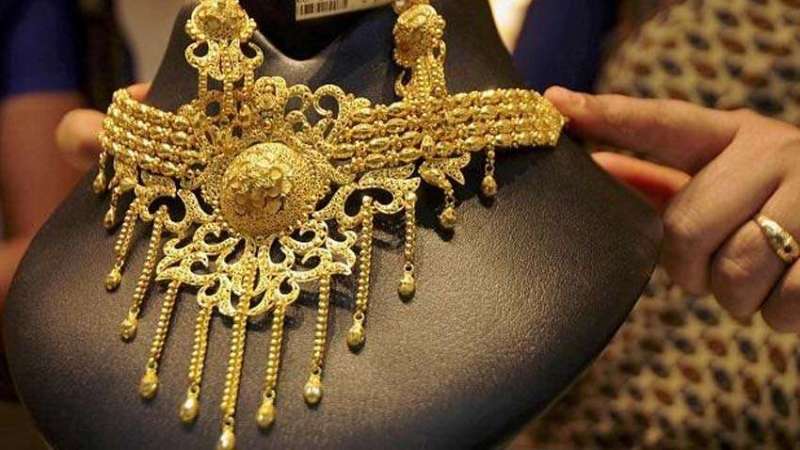MCX Gold futures, October scaled lifetime highs of ₹ 56,191 per 10 gram on Friday, before succumbing to marginal profit-booking to end the session lower by nearly ₹ 1,000 at ₹ 54,876 per 10 gram.
Gold prices are on a record-breaking spree globally due to concerns over rising Covid-19 cases, simmering US-China tensions, expectations of a second stimulus announcement in the United States and decline in the dollar. Gold has already surged almost 40 per cent this year as the precious metal is perceived as currency of last resort and a safe haven in times of economic and geo-political upheavals.
As uncertainties linger, gold may well be headed to unchartered territory. How does one, thus, take the plunge into the world of gold investing? The beauty of gold, from the investment point of view, is that it easily lends itself to a wide array of investments ranging from physical gold to mutual funds and bonds.
Physical Gold
Buying physical gold is inarguably the oldest route to gold investment. Gold can either be bought in the form of gold jewellery or as gold bars and coins. Gold jewellery is basically purchased for consumption purposes, although it serves as an investment product in itself. It is necessary to keep in mind that a buyer not only pays the market price of gold, but also making charges for the jewelry and this can be as high as 15 per cent of the actual price of gold.
Gold bars and coins are more profitable investments than jewellery. The essential difference between jewellery and gold bars / coins is that the latter are made of pure gold and do not involve any making charges. Gold coins and bars are available through any designated outlets of Metals and Minerals Trading Corporation of India (MMTC) and specified bank branches and post offices.
Gold ETFs
Gold ETFs, as the name suggests, are exchange-traded funds that invest in physical gold. Gold ETFs are akin to stocks as they are traded on the bourses, and a demat account and trading account are all that are required to go for gold ETFs. Gold ETFs invest in 99.5 per cent pure gold. About 90 per cent of the invested money is invested into physical gold and remaining goes into debt Instruments. The best part about gold ETFs is that they are listed on the BSE and NSE, which means that they can be easily transacted and in quantities lower than physical ownership of physical jewellery, bars and coins.
Gold Funds
Gold funds invest in the shares of companies operating in gold and allied services. Gold funds, unlike gold ETFs, are managed by fund managers on the lines of mutual funds. Gold mutual funds are ideal for risk-averse investors as they work on the principle of diversification. They invest across a gamut of companies, rather than putting all eggs in one basket.
Gold Fund of Funds
Gold Fund of Funds or Gold Saving Funds are mutual funds that invest in gold ETFs. These are ideal for investors who do not want to obsess about individual gold ETFs. Gold funds of funds are investor-friendly; a DEMAT account is not a pre-requisite for investing in these financial instruments and there is no need to constantly monitor the investment portfolio.
Gold Mining Shares
Investing in gold mining shares is another attractive option for those bitten by the gold investing bug. Prospective gold investors can purchase shares of gold mining companies directly from the secondary equity markets. These prices function just like any other company shares listed on the bourses and tend to rise in unison with appreciation price in global gold prices.
Sovereign Gold Bonds (SGBs)
Sovereign Gold Bonds (SGBs) are issued by the Reserve Bank of India from time to time. A window for fresh sale of SGBs is opened every 2-3 months and remains open for around a week each time. These bonds have a tenure of eight years, with an exit option in the fifth, sixth and seventh year.
In fact, subscription under the fifth tranche of the government’s Sovereign Gold Bond (SGB) 2020-21 programme, which ended on Friday, will re-open for a period of five days from August 31 to September 4. This will be the sixth and last installment of Sovereign Gold Bonds in this financial year. The value of these bonds, issued by the Reserve Bank of India, is linked to the prevailing market price of gold.
Gold Derivatives
Gold futures can be an attractive avenue, but only for savvy traders. Gold is an actively traded commodity on the Multi Commodity Exchange (MCX). Gold contracts come in many variants, ranging from Gold (Main) and Gold Mini to Gold Guinea and Gold Petal. These have a common underlying i.e. gold and only differ in terms of their contract specifications.
To conclude, gold futures counts among the most popular investment options and will remain so in the foreseeable future. It is of paramount importance that investors to have clarity on their investment goals, time horizon and comfort level, and choose the gold investment option that best resonates with them.
Gold Futures Read More :
Silver vs. Gold: How the two metals compare as investments
Chinese Demand for Gold Bars Climbs by Half on Hunt for Havens
This Dhanteras, are You Buying Gold Jewellery, Bonds or ETFs?
Gold Best Week on Fed Rate View
Fed Statement Reports “Weak” Economic Growth
Markets Week Ahead: US Dollar, Gold , Nasdaq 100, US-China Woes. Stimulus?
